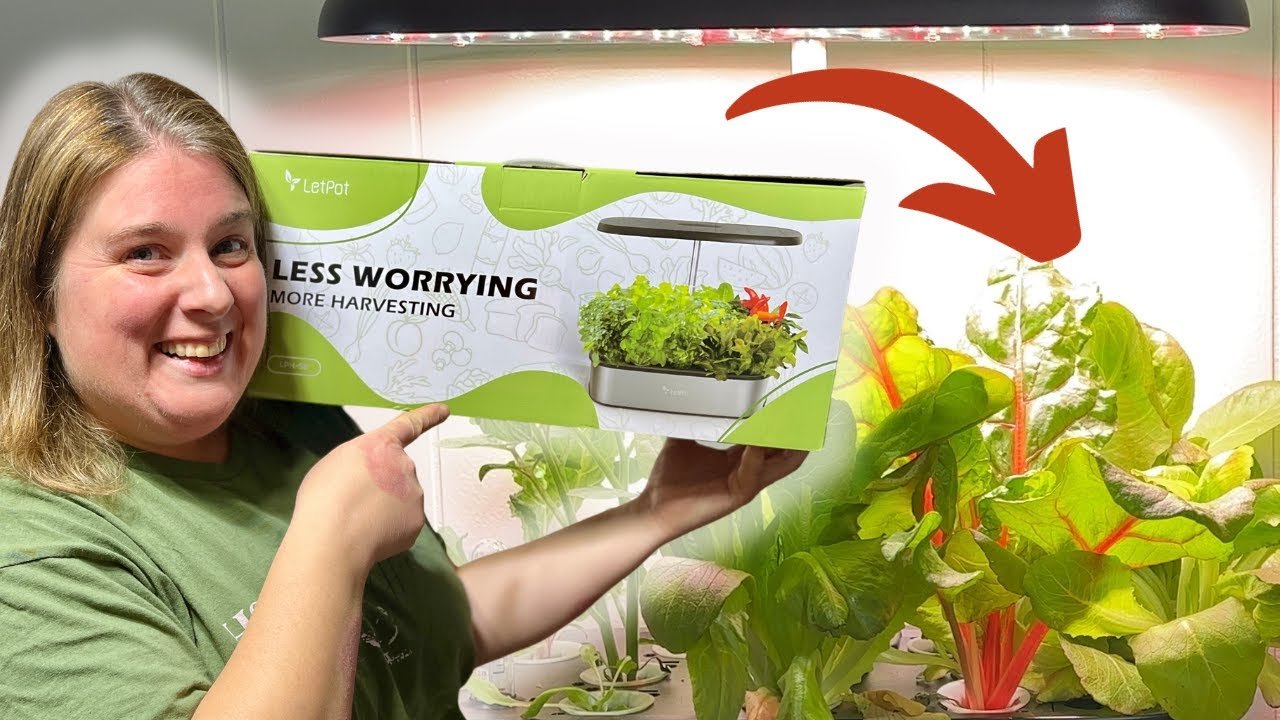My Aquaponics Adventure: A Tale of Fish, Plants, and Misadventures
I remember the excitement I felt when I first dipped my toes into the world of aquaponics. It all started during a coffee-fueled midnight scroll through YouTube, where I stumbled across this vibrant video about growing your own food in a symbiotic environment involving fish and plants. A light bulb flickered on in my head: why not convert my neglected backyard into an aquatic Eden?
Setting Up the Storm
Armed with a little ambition and a dash of naive enthusiasm, I set off to my local hardware store with visions of lush greens and swimming fish swirling in my mind. I picked up PVC pipes, a pump, a few trays, and—being the sentimental sort—a rusty old fish tank I’d stored in the shed for years, accompanied by a patch of stubborn weeds that had sprouted all around my yard as if to remind me of my lack of upkeep.
Back home, I felt like a mad scientist with my tools scattered everywhere. I unveiled my prized fish tank and got to work, convinced I’d create a masterpiece. But I quickly realized that plumbing wasn’t my strong suit. A few YouTube videos later, I thought I’d nailed it. But, as Murphy’s Law suggests, what worked in theory seldom translates to practice.
The Green Glimmer of Doom
About a week in, I discovered something unsettling. The water was starting to turn a murky shade of green. I’d just put in some tilapia—picked because they’re notorious for being hard to kill and grow fast. I thought I was safe. After all, I’d done my homework, right? I peered into the tank, and those poor fish looked more like they were on a roller coaster than peacefully floating around their habitat.
The water stank too. Like a mixture of pond scum and that mysterious smell you occasionally catch in a back alley in town. I got a whiff of it while trying to clean the pump, and I nearly lost my lunch right then and there. I was ready to throw in the towel, convinced that my backyard had turned into a horror show.
A Crucial Mistake
After diving deep into the Googlesphere, I discovered that I’d skipped a vital step: cycling the tank. Cycling allows beneficial bacteria to flourish, breaking down ammonia from fish waste into forms that plants can use. Turns out, adding fish right from the start wasn’t the best idea. Who knew? It was like tossing a toddler into deep water and expecting them to swim.
So there I was, kicking myself while also coming to terms with losing two of my favorite fish, Gary and Wanda. They swam in slow circles before going belly up one night, leaving me with a heart full of guilt. All I could think was, “How could I have let this happen?”
A Fishy Solution
With renewed determination, I went back to the drawing board—well, more like the Pinterest board. I realized I needed to readjust my setup, so I added some air stones for oxygen. I even crafted a DIY filter from an old pillowcase stuffed with pebbles—and let me tell you, watching that work was pure magic! Suddenly, the water wasn’t just dirty; it was alive.
After a few weeks of fussing over my setup—tinkering, adjusting, and resolving issues—I finally saw signs of life. New plants began sprouting up in the trays above, rocket and basil tangled together in a green embrace like an aquatic love story. I had hit a sweet spot.
Finding Peace Amidst the Chaos
You know, amidst the frustrations—dealing with leaks, the ever-intrusive weeds from that stubborn part of the yard, a misbehaving pump that seemed to enjoy spitting water rather than pumping it—I realized something profound: patience is essential.
As my garden transformed before my eyes, I became less concerned about perfection and more about the journey. Each little success made the headaches worthwhile. I’d stand by the tank, captivated by the dance of my remaining fish and the fresh aroma of the herbs above. I started enjoying weekends filled with laughter and a few cold beers as I tinkered away, rather than feeling frustrated by things that didn’t go right.
A Warm Takeaway
So here I am, with a working aquaponics system, reflecting on the chaos and the joys. If I’ve learned anything through this messy, sometimes smelly experience, it’s that perfection is not the goal. If you’re thinking about diving into this wild world of fish and plants, don’t worry about getting it right the first time. Just start. You’ll figure it out as you go.
You might fish (pun intended) for some frustrations along the way, but trust me, that little garden in your yard can turn into something beautiful.
If you want to explore more about aquaponics and grow alongside others who feel the same excitement, I invite you to join the next session here. Let’s tackle these projects together—one failing fish at a time!






Leave a Reply